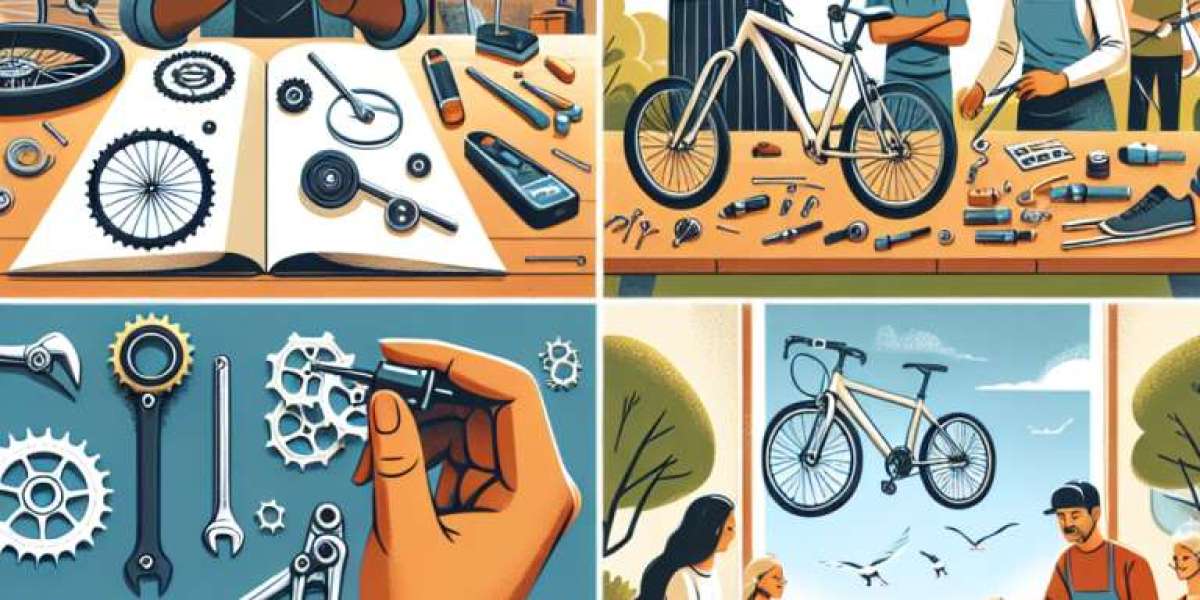Understanding Leagues in Path of Exile 2
Path of Exile 2 introduces new systems and features that build upon the original game's complex mechanics. One of the core aspects of the game is its use of different leagues. These leagues are essentially self-contained game environments where players start from scratch and compete or progress independently of other leagues. Common league types include Standard League, Challenge Leagues such as Seasonal or Temporary Leagues, and Hardcore variants. Each of these leagues has its own economy, character progression, and stash tabs. When a new Challenge League begins, players are encouraged to create new characters and explore the new content that comes with the update
How Items Are Separated by League
In Path of Exile 2, just like in the original game, items are separated based on the league in which they are acquired. This separation ensures the integrity of each league’s economy and maintains the challenge and fairness intended by the game developers. Items acquired in a Challenge League cannot be transferred directly to another active Challenge League or Hardcore League. Each league has its own stash and player base, and items found or crafted within it are bound to that environment until the league ends or the character is transferred to another mode
What Happens When a League Ends
When a Challenge League ends, characters and their items are automatically migrated to the permanent Standard League or Hardcore League depending on the variant the player chose. This process includes the automatic transfer of the character’s inventory, equipped gear, and stash contents. Stash tabs from the expired league are converted into remove-only tabs in the Standard League. Players can withdraw items from these tabs but cannot place new items into them. This ensures that no items are lost during the transition but also keeps the new Challenge League’s economy intact and free from old items
Can You Transfer Items During a League
While leagues are active, it is not possible to transfer items between them directly. This rule applies even if you have multiple characters in different leagues. The only way to share items between characters is if they are in the same league. For example, you can use the shared stash to move items between your characters within the same Standard League or the same Challenge League. However, any attempt to interact with characters from other leagues or access items across different leagues will not be supported by the game’s system
Trading and Cross-League Restrictions
Trading is also confined to the league in which your character resides. The in-game trade system and third-party tools like the trade website are all league-specific. You must search for and list items in the appropriate league category. If you are in a Standard League, you will only be able to trade with other Standard players. Likewise, if you are participating in the current Challenge League, your trade options are limited to other players in that same league. There are no exceptions to this rule and it reinforces the idea that each league operates as a closed economy
Developer Intent and Game Balance
Grinding Gear Games has implemented this system deliberately to maintain the unique identity of each league. By preventing item transfers across leagues, the developers ensure that each new league begins with a clean slate. This design promotes a fair start for all players, prevents power creep from previous leagues, and keeps the gameplay fresh and balanced. It also encourages player participation in new content rather than relying on legacy items and builds from past leagues. While it may seem restrictive, this system supports the long-term health of the game and its community-driven economy


